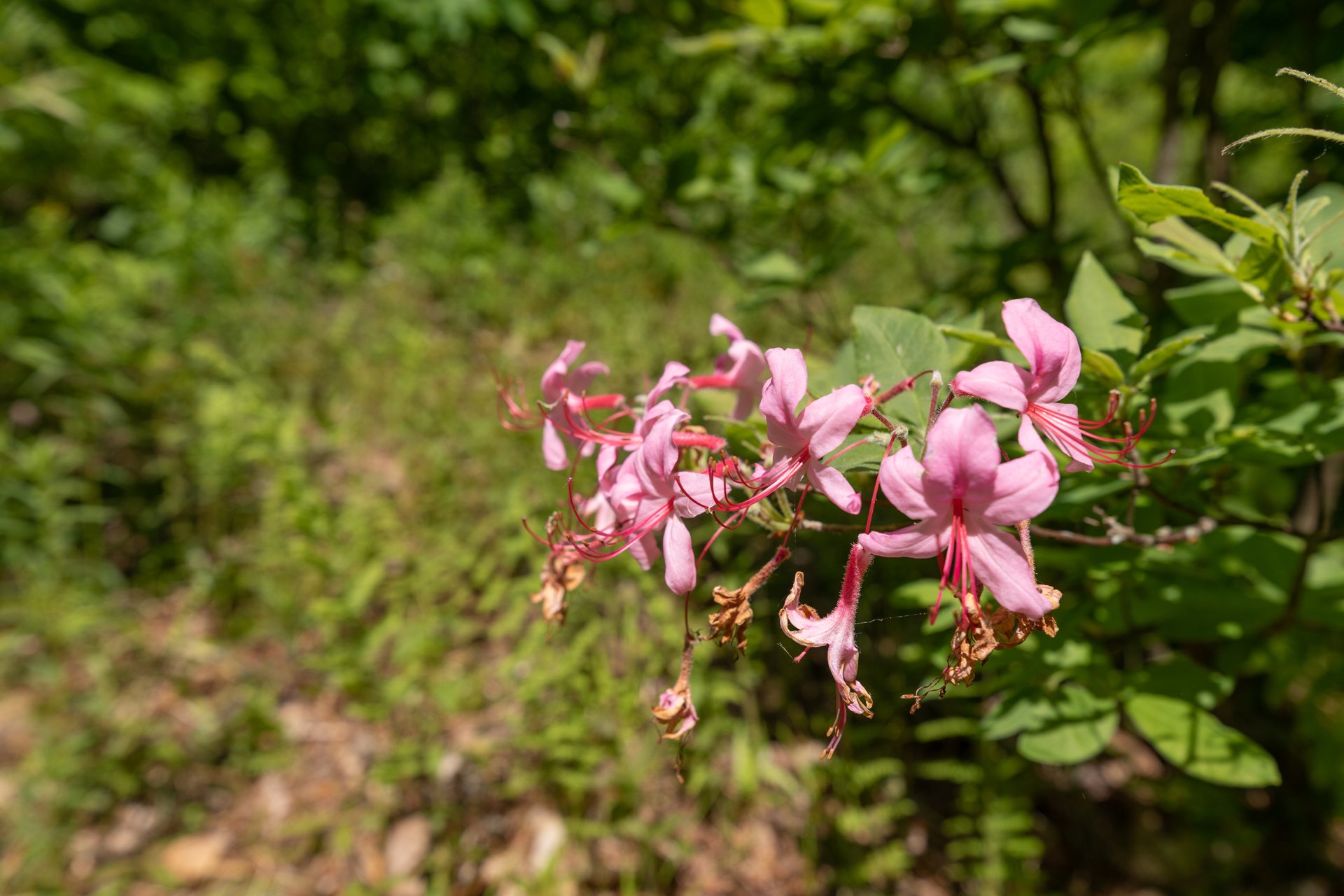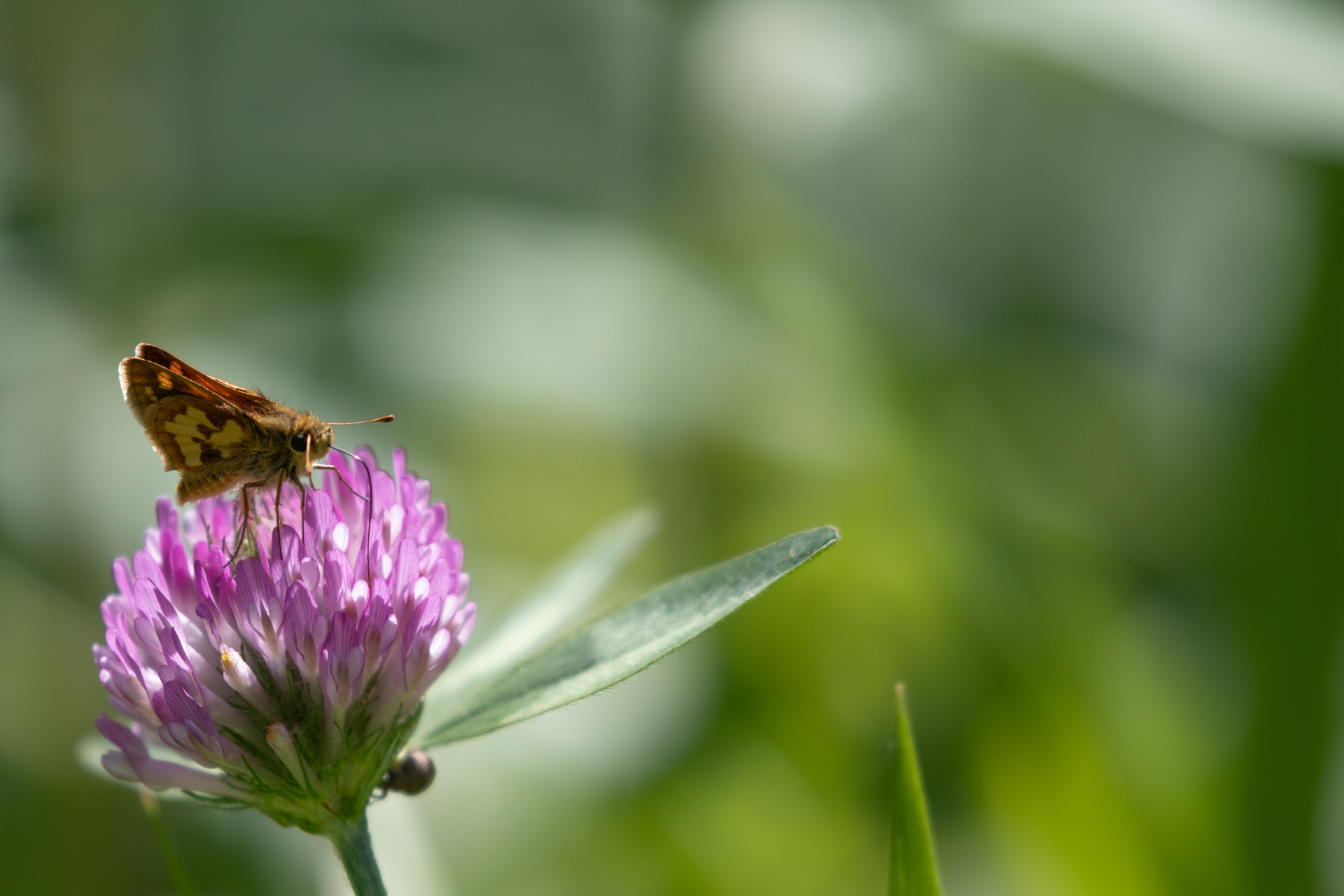The Connecticut River Valley comes alive in spring.
Raptors soar and swoop while songbirds dart and dive as they return to the Northeast along the Valley's migration pathway. Fish make their way back from the sea to spawn in the Connecticut's fresh waters. Wildflowers dot woodlands, riverbanks, and meadows.
Immerse yourself in the verdant unfolding of spring by visiting the Mass Audubon wildlife sanctuaries of the West. Here are a few to get you started.
Arcadia, Easthampton & Northampton
Located at the foot of Mount Tom and in the floodplain of the Connecticut River, Arcadia features four miles of trails that wind through an array of habitats.
Follow the popular Old Coach Trail out and River and Fern Trails back and you might hear the chipping of songbirds or see a flash of white and brown as a doe dashes to her waiting fawn. On the Fern Trail, climb the swirling staircase of the observation tower to gaze over the Mill River in search of returning ducks and geese.
Explore less-traveled trails such as Robert Chafee or Sassafras to observe early signs of spring, such as skunk cabbage or a Mourning Cloak butterfly. Stroll the boardwalk along the vernal pool where Spotted Salamanders migrate from their upland winter dwellings, and keep an eye out for Wood Frogs and Spring Peepers—at night they'll take part in a raucous chorus of matchmaking.
Attend Arcadia's annual "Big Night" event, typically held in late March, where you'll become entranced with the fascinating creatures that rely on vernal pools. And join a guided wildflower hike that invites you to bask in the beauty of spring ephemerals.
High Ledges, Shelburne
From early May to mid-June, there is a blossoming relay of spring ephemerals as one species fades away and another is ready to flower. In early May, hepatica, red trillium, and wood anemone scatter. In their tracks, you may spot the elusive rose twisted-stalk with its dangling bells of red or be the lucky observer of a West Virginia White Butterfly feasting on toothwort in mid-May.
Among its many late May to mid-June blooms, High Ledges welcomes showy orchids, painted trillium, ragwort, yellow violets, Canada mayflower, trailing arbutus, bellworts, mitrewort, and other wildflowers tucking themselves into the landscape.
Follow the Old Sanctuary Road with its patchwork of columbine, past a vernal pool where Wood Frog and Spotted Salamander egg masses float and find yourself on the Dutch and Mary Barnard Trail. This moderate hike offers a mix of steep and flat terrain, dirt road, and trail. But the end result is worth it: arriving at the ledges, a natural red pine forest stands guard over the cliffs, where you can take in the view of Mount Greylock out on the horizon.
Graves Farm, Williamsburg
Once an active dairy farm, forests and fields now embrace and protect the wildlife that lives here.
On Graves Brothers Loop Trail, search the mud for tracks of Black Bear, Moose, White-tailed Deer, Coyotes, Bobcats, or Fishers. On the Nonnie Day Brook Loop, the cascading trill of the Wood Thrush merges with the voice of flowing water.
On cool, moist days, watch for tiny red eft salamanders (the juvenile stage of the Eastern Newt) camouflaging themselves under fallen leaves.
Laughing Brook, Hampden
In springtime, the namesake stream at Laughing Brook chuckles lightly as water journeys through and gushes a river of guffaws as snow melts or rain falls.
Start off by letting the Mort and Helen Bates Trail guide you to the pavilion. For a more adventurous hike, tack on the Burgess Trail and Neff Loop into the hush of a hemlock forest. Don’t forget your binoculars—you’ll definitely want to catch a glimpse of diving kingfishers, bright orange orioles, and beaver chews that signal the architectural efforts of those engineering mammals.
Lynes Woods, Westhampton
A once-active farm and an orchard have transformed into fields of intrepid shrubs and a young forest bursting with signs of spring.
The one-mile Lyman Brook Loop Trail is an easy walk that takes you to a vernal pool, old farm fields, and Lyman Brook—whose water bounces over rocks and tickles the banks along the eastern boundary of the sanctuary.
White and pink fireworks of mountain laurel bloom in late spring. Listen for woodpeckers knocking and the chatter of woodland birds and watch for signs of the mighty Moose or the small Red Fox.
This article is was featured in the Spring 2020 issue of Explore, Mass Audubon's quarterly member newsletter.
Stay Connected
Don't miss a beat on all the ways you can get outdoors, celebrate nature, and get involved.




